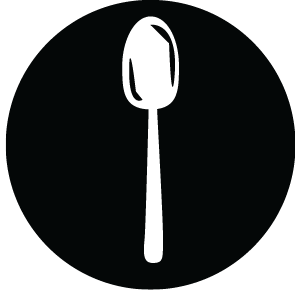Most people have, at some time or another, heard the argument that a tomato is in fact a fruit—even the idea that there is no such thing as a vegetable has been tossed around as well. But is there any truth to it?
Nobody seems to really know what classifies a food as a fruit or a vegetable. Is it the location of its seeds? I have heard that foods with seeds on the inside are fruits; this makes sense in the cases of apples and tomatoes, but then would berries be vegetables? And how the heck would we explain a banana?
Knowledge of what makes a fruit a fruit and a vegetable a vegetable will not only ensure that you know what you are putting into your body, but will also allow you to settle that pesky tomato argument once and for all.
According to Oxford Dictionary, a vegetable is “a plant or part of a plant used as food,” whereas a fruit is “the seed-bearing structure of a plant.” In other words, a fruit is the ovary of a plant, and a vegetable is any other edible part of a plant—like a bulb or root. Let’s apply this concept to some common foods.

First, we can settle the tomato debacle; a tomato is, in fact, a fruit because it is the part of the tomato plant that contains seeds. Likewise, berries, cucumbers, and even squash are technically fruits. So are peaches and avocados; the pit of these foods are actually just protective covers of seeds.
Foods like potatoes, carrots, and broccoli on the other hand, are vegetables. They are edible parts of the plant itself but are not the mature ovaries of the plant.
Even with these working definitions of fruits and vegetables, some foods like bananas still cause uncertainty, since they do not contain any seeds but are still considered fruits.

Scientifically, ovaries are the seed-bearing structure of plants, but this does not mean that they consistently are filled with seeds. Foods like seedless fruits and bananas are still the ovaries of their respective plants, but they do not contain seeds because they have not undergone fertilization. Instead, these fruits mature through a process called parthenocarpy.
At the end of the day, fruits and vegetables are both plant products. A fruit is strictly an ovary of a plant; this ovary may or may not contain seeds, depending on whether it has been fertilized. Any other edible part of a plant, be it a root, leaf or bulb, is classified as a vegetable. And so let there be no more question as to whether a tomato is, in fact, a fruit.



